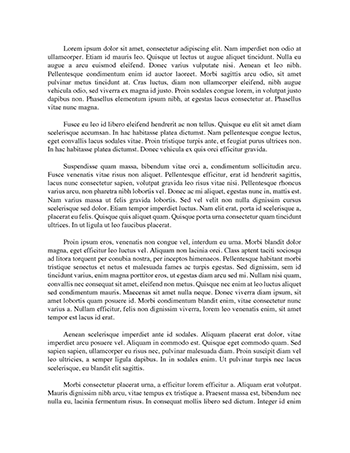
Essay about PHYS 122 Lab 6 Writeup
Submitted By niccua09
Words: 510
Pages: 3
Partner: Lindsay Marston
Experiment 6: The Oscilloscope
February 27, 2015
Lab Section: Friday 0900 – 1200
Theory
The oscilloscope is a tool used to measure the speed of sound. Because the speed of sound changes frequently and quickly, we cannot use a normal digital meter. The oscilloscope is sensitive enough to read the electrical signals given by sound and display the pattern made by that electrical signal.
Procedure
We followed the procedure given in the manual, however we did not calculate the voltage values. Otherwise, no changes were made to this experiment.
Data
The data obtained:
Part A: Period and Frequency
Sweep Rate
Divisions
Period (theo)
Period (exp)
Frequency
% D (period)
Hum
2.00 ms
2.00
4.00ms
4.04ms
247.5Hz
1%
Whistle
0.200ms
3.20
0.640ms
0.640ms
1.56Hz
0%
Note
2.00ms
0.500
1.00ms
1.00ms
1Hz
0%
Tuning Fork 1
Frequency 2 = 480Hz
2.04ms
490Hz
1.9%
Period 1 = 2.08ms
Tuning Fork 2
Frequency 2 = 512Hz
2.00ms
500Hz
2.6%
Period 2 = 1.95ms
For the values given above, we use the following equations or use the following equipment:
1. Sweep rate: given by the oscilloscope
2. Divisions: divisions are the number of boxes displayed on the oscilloscope. Depending on the pattern, we calculate the amount of boxes one cycle covered.
3. Period (theoretical): Our theoretical period is calculated by multiplying the divisions with the sweep rate:
a. (3.2)(.20ms) = 0.64ms
4. Period (experimental): the oscilloscope gives this data, by measuring the cursors.
5. Frequency is given from either the oscilloscope or the tuning forks.
6. Percent discrepancy uses the following:
a. [(Period(exp) – Period(theo))/Period(theo)] x 100
b. [(4.04 – 4.00)/4.00] x 100 = 1%
Part B: Speed of Sound
Sweep rate = 1ms/div
Microphone Distance (cm +/- 0.1)
Time Delay (ms +/- .001)
0.0cm
0ms
10.0cm
0.250ms
20.0cm
0.530ms
30.0cm
0.810ms
40.0cm
1.09ms
50.0cm
1.37ms
60.0cm
1.67ms
70.0cm
1.96ms
80.0cm
2.30ms
90.0cm
2.58ms
100.0cm
2.88ms
Post-Lab Questions
1. What is the speed of sound from your graph? What is the percent
